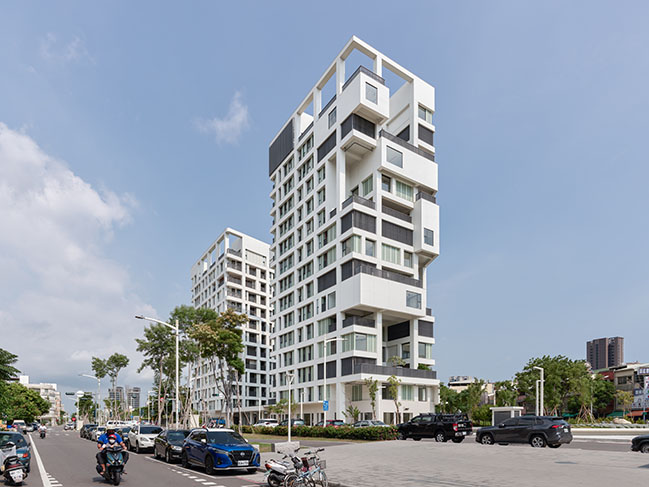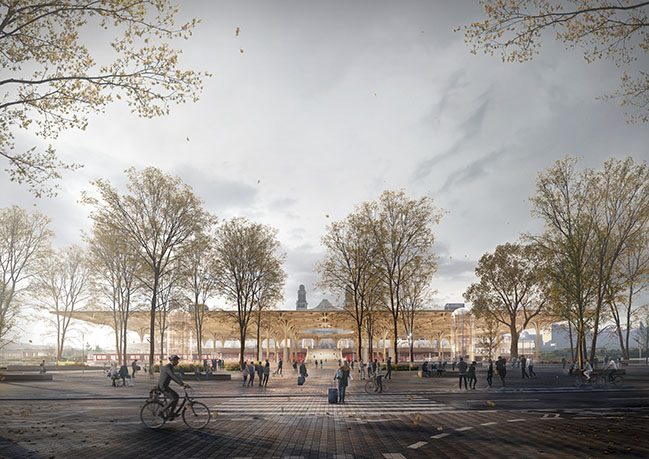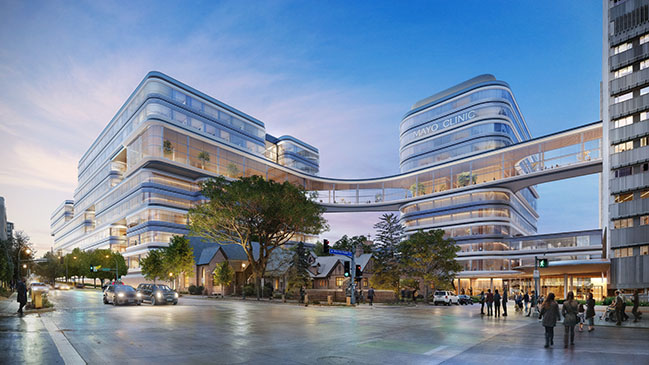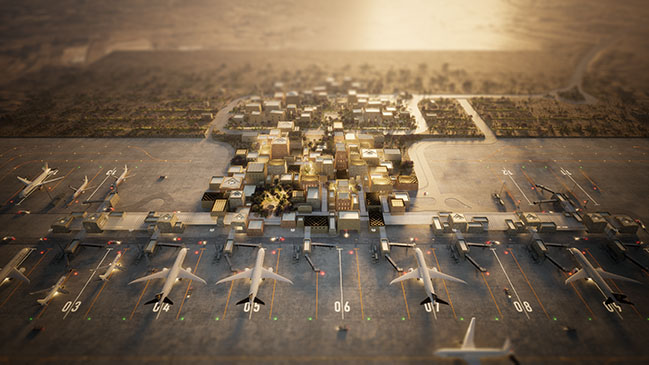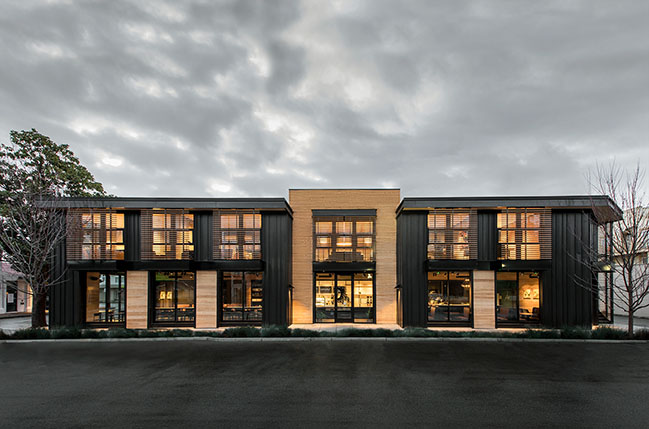12 / 11
2023
LIN architecture proudly unveils Concrete Pavilion, a pumping station in the countryside outside of Eryuan Botou Village, in Yunnan, China...
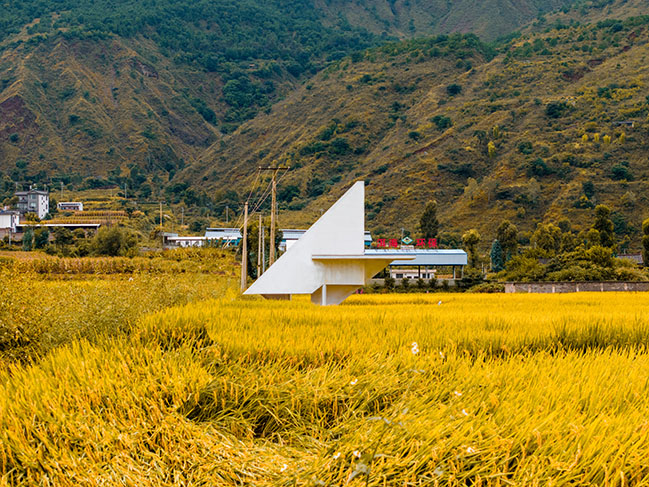
> Wood Pavilion #1 by LIN Architecture
> Bamboo Pavilion by LIN architecture
From the architect: Outside of the village, a beautiful field cleanses the ears and eyes with chirping frogs in the rice bushes, the whirling of the rice stalks, and the dripping of the light rain. As far as the eye can see, there are rolling meanders, both of the mountains and of the rice paddies. However, looking down from the opposite side of the hill, the fields are a different story, with canals and paths dividing the fields into various shaped fragments that are quite distinctive.

It is the task of the museum to make use of the identity of the space to provide villagers and tourists with both endless views and the fragmented views of the fields at the same time. In recent history, very few buildings have dotted the landscape of the field, other than a small pump house, the predecessor of the concrete pavilion, where villagers used to collect water and electricity.
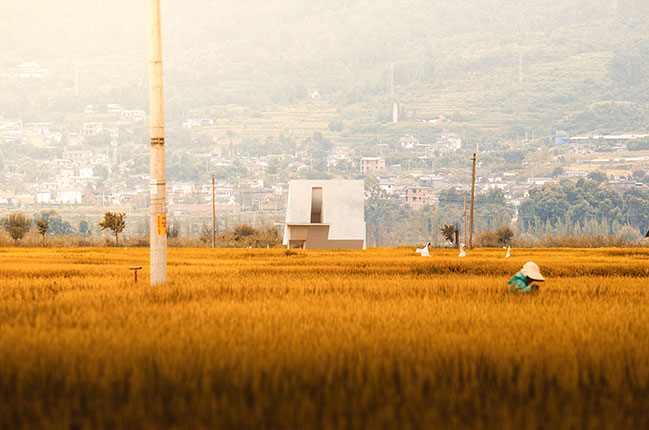
Multiple identities of the pump house
In the context of a new round of rural construction, many basic designs and public houses in the village are seeking a breath of new life. In addition to meeting the daily needs of villagers for water and electricity for irrigation, the pump house has its own identity to consider. In approaching the design process, the designers endeavored to interpret these identities from different perspectives.
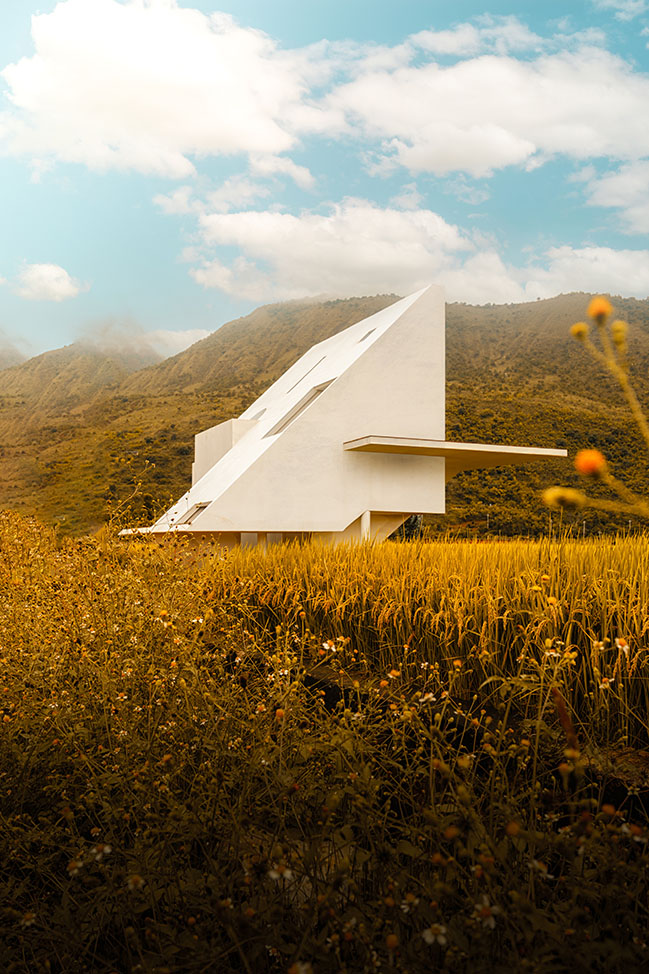
Symbol (the interpretation of symbols and the reproduction of spirit)
The extreme abstraction of cultural elements from the surrounding villages, and then translated to the thickness of the space, is the means of manipulating the symbols; the dialogue between the architectural space and the environment, and the dialogue with the villagers and tourists, is a symbolic metaphor of the symbols.
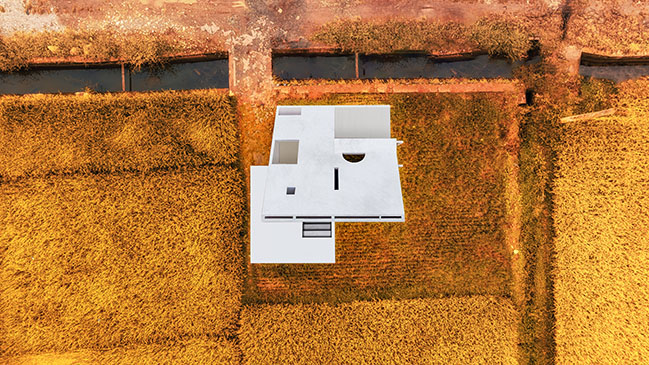
Form (the prototype of modeling and heterogeneous carnival)
Sloping roofs, shadow walls, high and low windows, platforms, ascending steps, and skylight holes are just some of the village's countless architectural elements which, through changes and extensions, have translated into the juxtaposed architectural symbols in the space, placed in the field and accommodating the various elements. In parallel, it provides differing observation behaviors of the environment and the space, such as looking from afar and then up close.
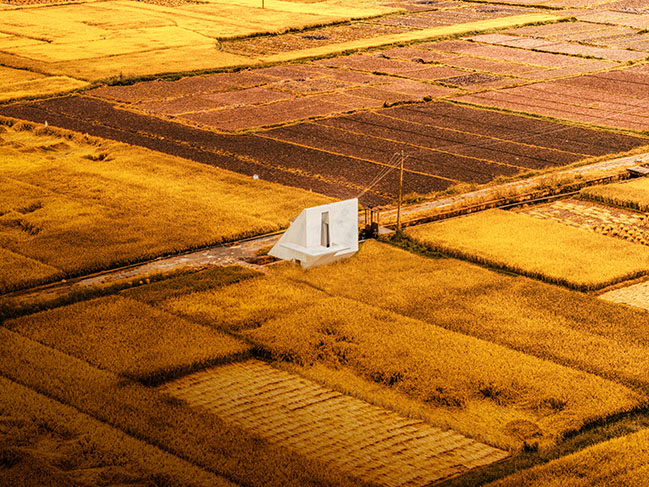
Element (the way spatial elements interact with each other)
Although the constituent elements are common to architecture, they are organized in an unconventional way, such as shadow walls with odd proportions, suspended platforms, broken staircases, sloping sidewalls, half-arched ceilings, low side windows, and skylights with only a single slit.
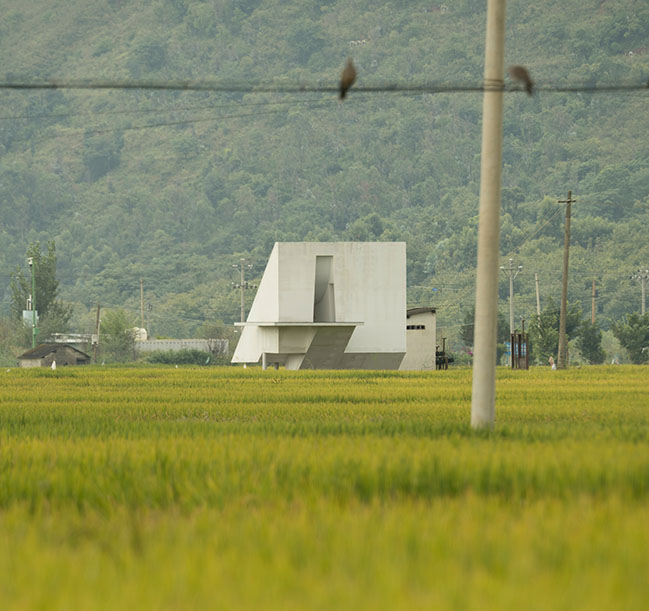
Diagram (tools of Design and Generation)
As a design maneuver, there was a search for spatial relationships and the abstraction of spatial concepts. The experience of being in space is a dynamic, ever-changing, fragmented, transient state, where separation and complexity coexist, and illustration helps us holistically and reflectively react to the experiential information.
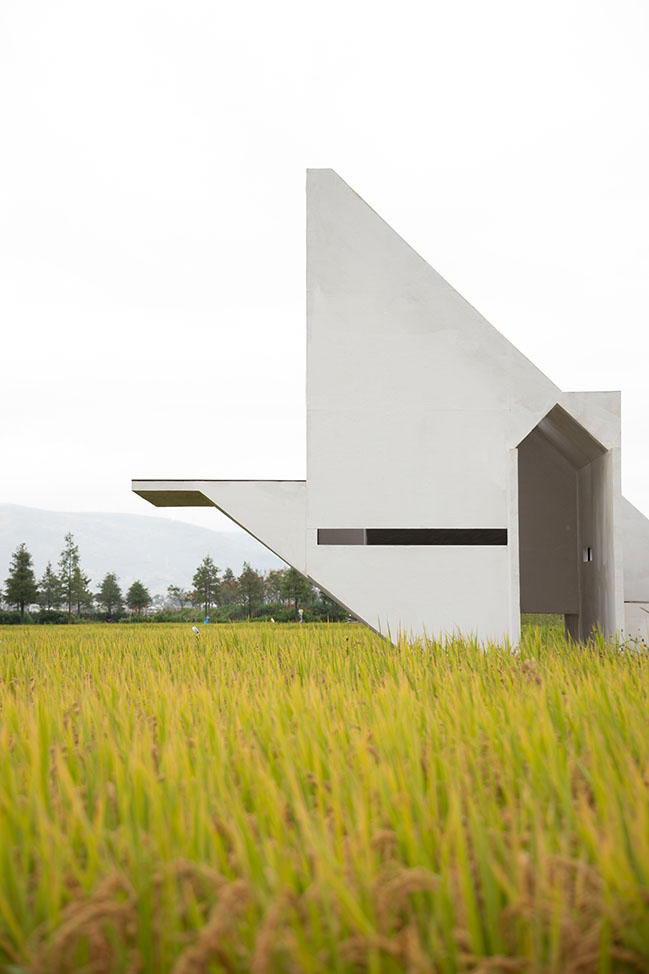
Space (Complete form vs. fragmented interior)
The exterior of the form is symbolic for villagers and possesses a certain integrity. Whether setting out for the fields early in the morning, or returning with the hoe in the evening, the stylized shape is a a static guide. On the way to ploughing in the field, the villagers read its image in different states. The interior of the space is chopped up, guided by a large staircase space that extends out into the interior and sides of the space. The skylight was designed to add interest to the exploration and is as much a medium for external observation as the platform.
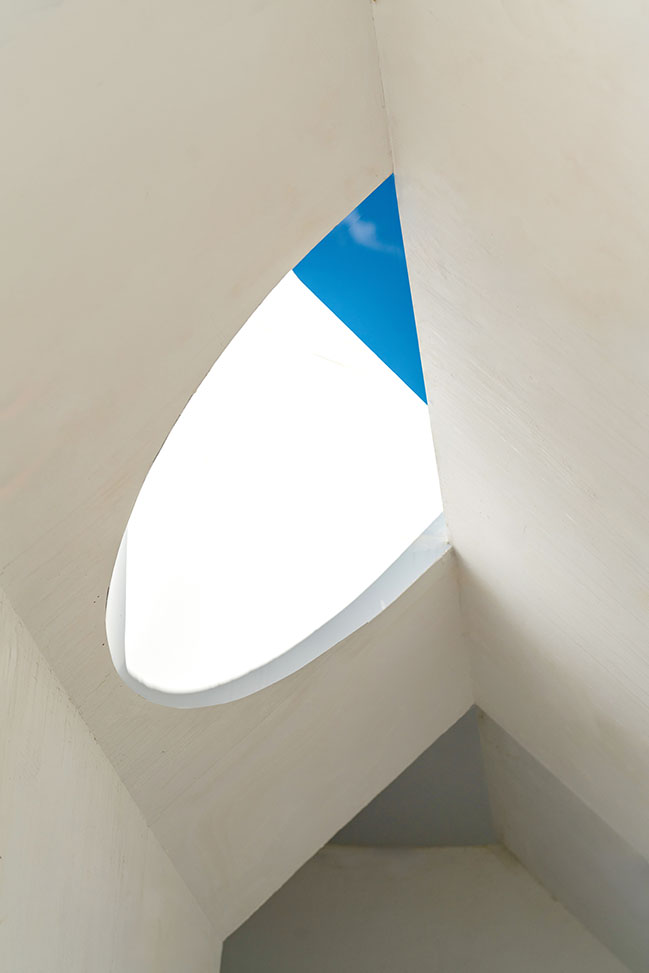
Dialogue with the four seasons in the field (multiple identities)
In Yunnan, the weather in the fields is unpredictable, with rain pouring or falling throughout the day through ever-colorful seasons. Acts of nature add gestures to the skin of the building, making the façade a paintbrush in the field. Thick clouds reflect on the walls, contrasting with the pristine white. On sunny days, radiant sunlight shines on the material, and the texture of the skin becomes visible.
When it rains, the skin of the material becomes a canvas for the sky.
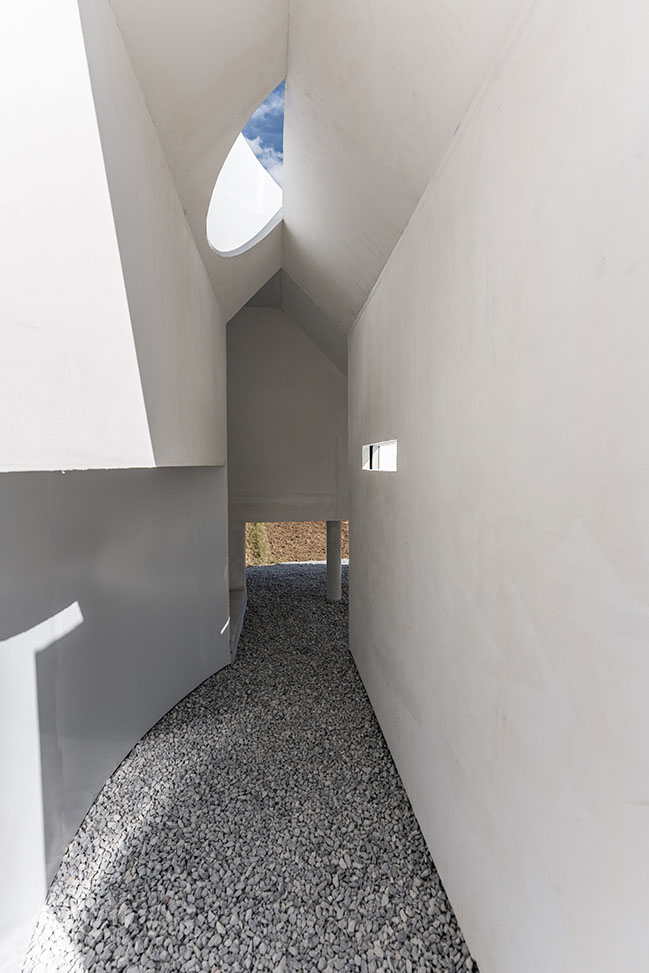
Materials
Considering the problem of clarification and settlement of the farmland land, the main steel structure and concrete hanging boards were chosen for the finish. The steel structure has three layers to meet the needs of shaping different types of spaces, and the skin is made of concrete panels to reflect the interaction with environmental elements.
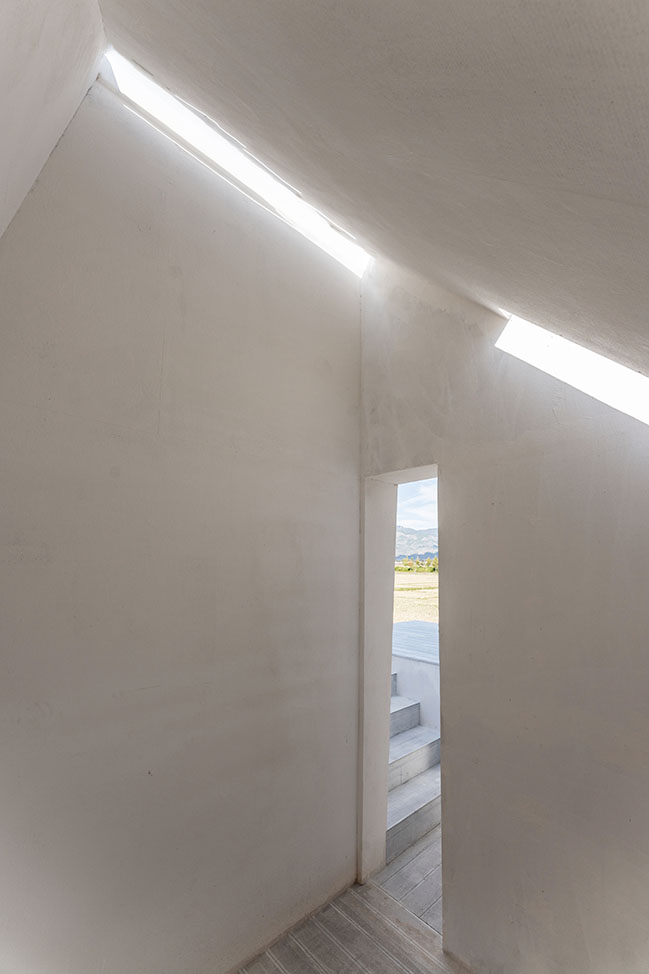
Architect: LIN architecture
Owner and Site Provider: People's Government of Yousho Town, Eryuan County, Yunnan Province, China
Location: Botou Village, Eryuan County, Yunnan Province, China
Year: 2023
Building area: 50 square metres
Site area: 100 square metres
Lead Designer: Lin Lifeng
Teaching and research support and material support: RAC studio
Constructor: Shanghai Mulokang Wooden Structure Construction: Engineering Co, Ltd, Zhongyue Tiangong Group Co, Ltd, Zhongshui Huachuang International Engineering: Design Consultant Co.
Design Participation and Site Construction: Chai Zongrui, Chen Zhitong, Xing Zhihao, Zhang Jingyue, Tang Ziqi, Wang Churui, Xu Yemeng, Wang Yating, Ye Feihao, Qian Jiayun, Yu Ziyang, Hao Yixin, Wang Jiasen, Zhou Yanyang, Yang Yufei, Zhu Yangyang, Xu Jiayi, Zhou Xinyue, Huang Qi'ao, Xu Yuanhong
Photography: Chen Zhitong, Zhuo Hongduo
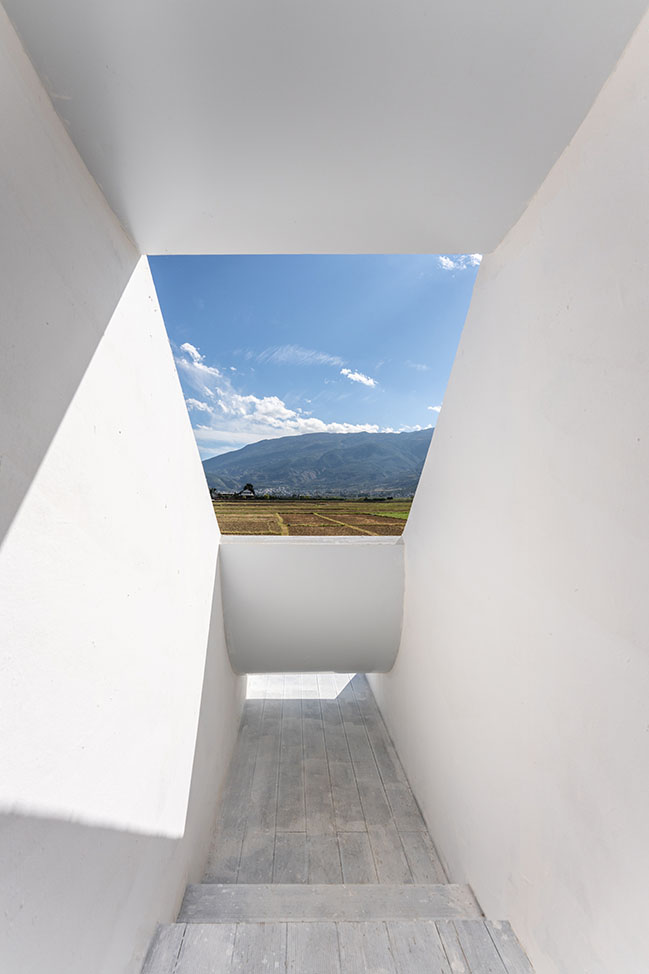
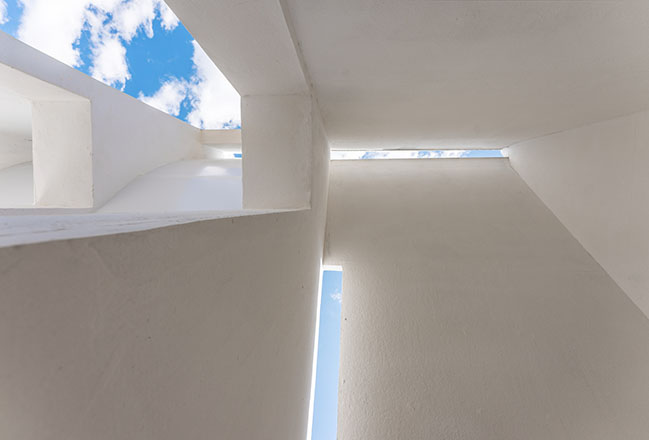
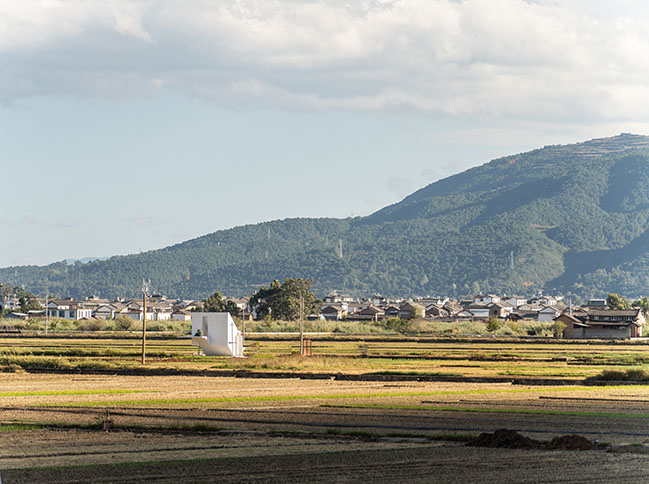
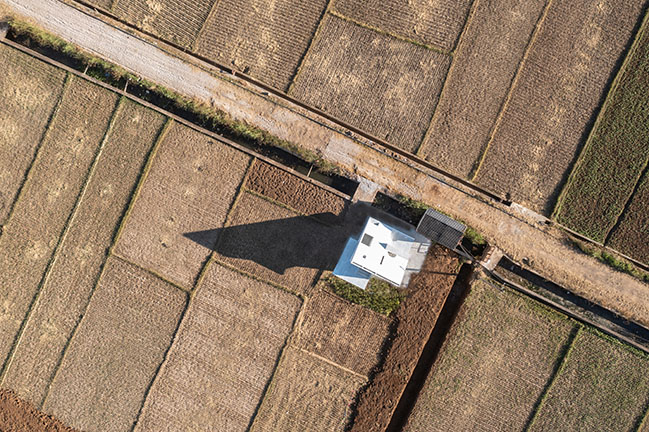

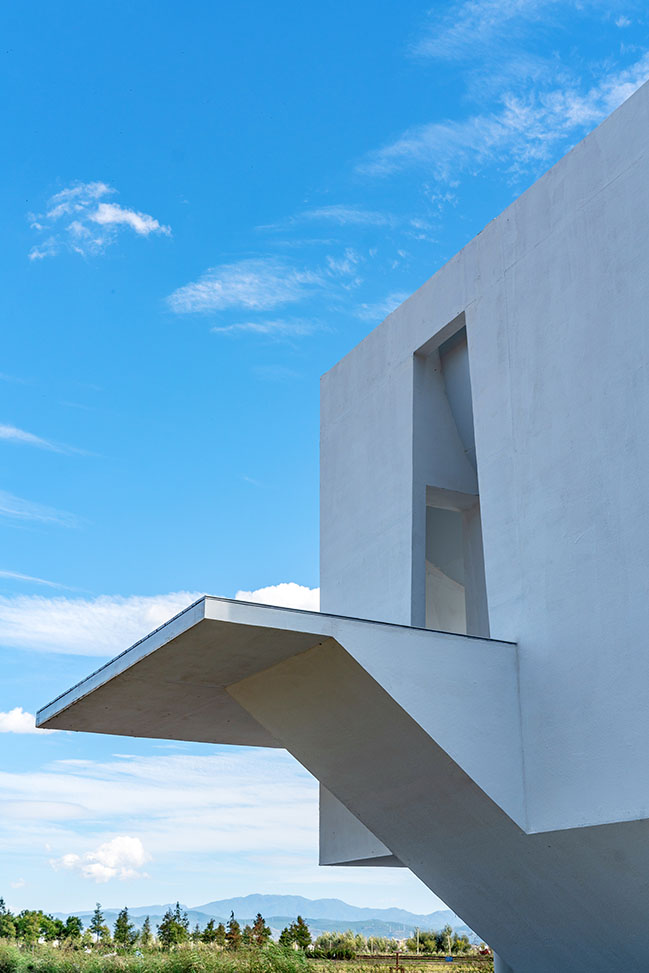
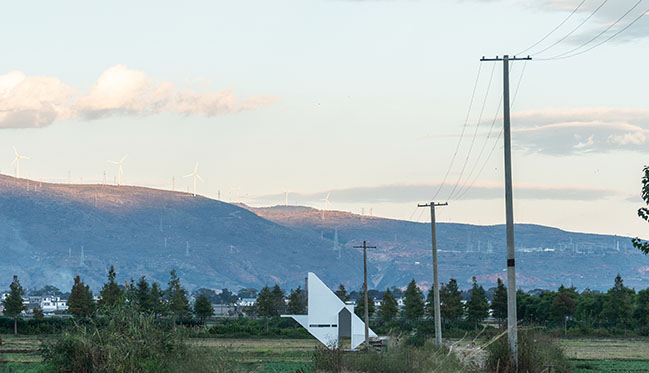
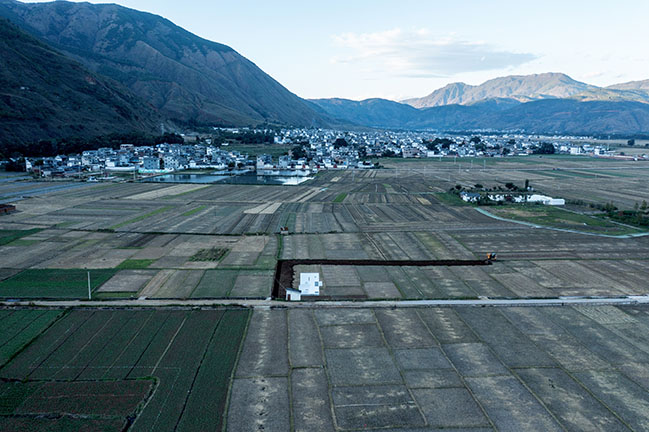
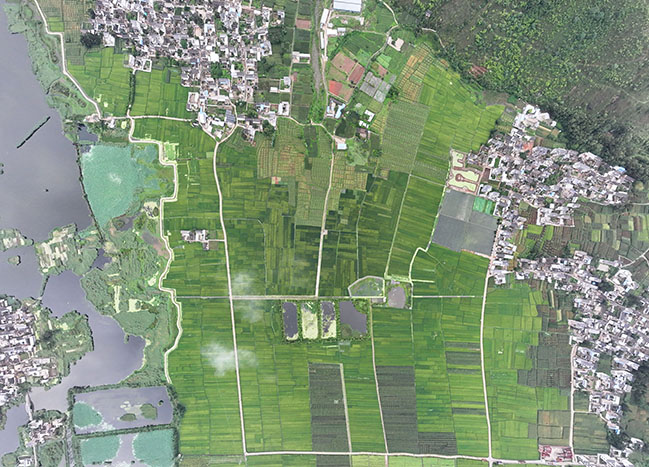
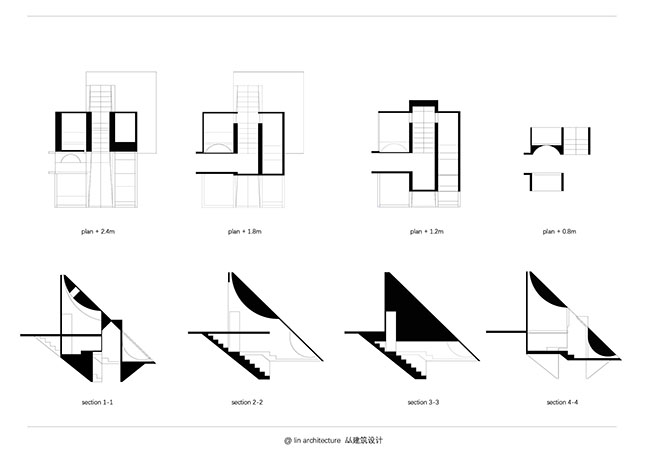
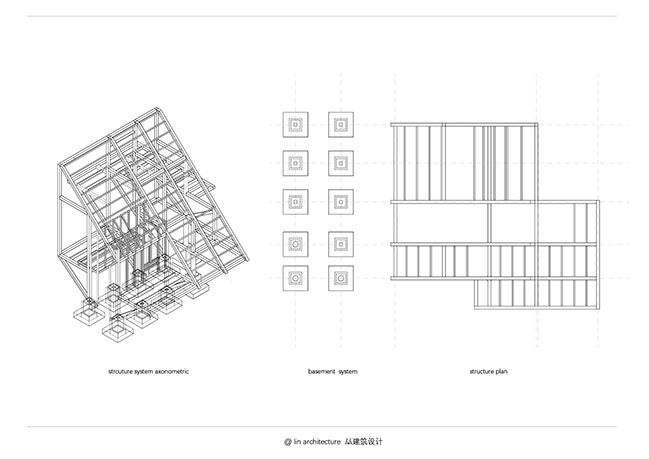
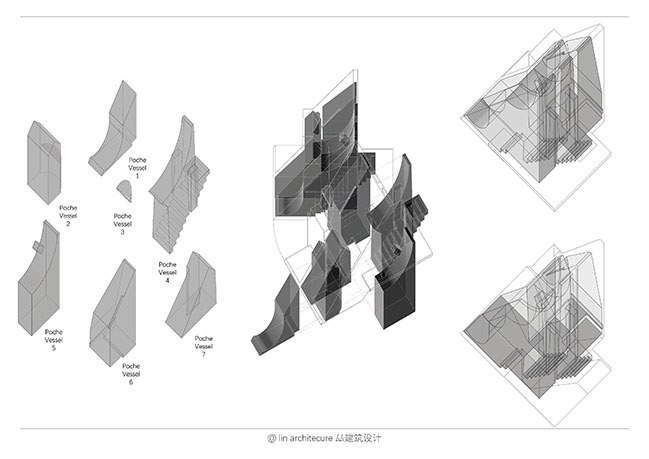
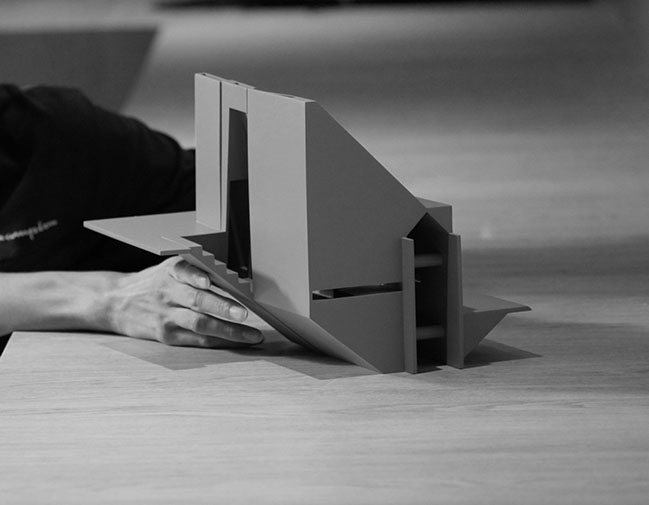
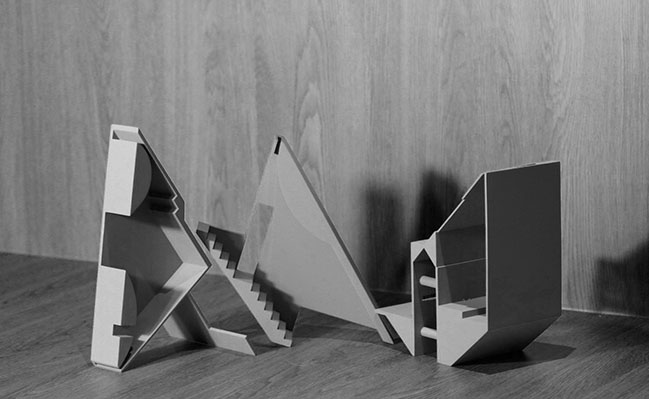
Concrete Pavilion by LIN architecture
12 / 11 / 2023 LIN architecture proudly unveils Concrete Pavilion, a pumping station in the countryside outside of Eryuan Botou Village, in Yunnan, China...
You might also like:
Recommended post: Coffeebar in Menlo Park by Walker Warner Architects

